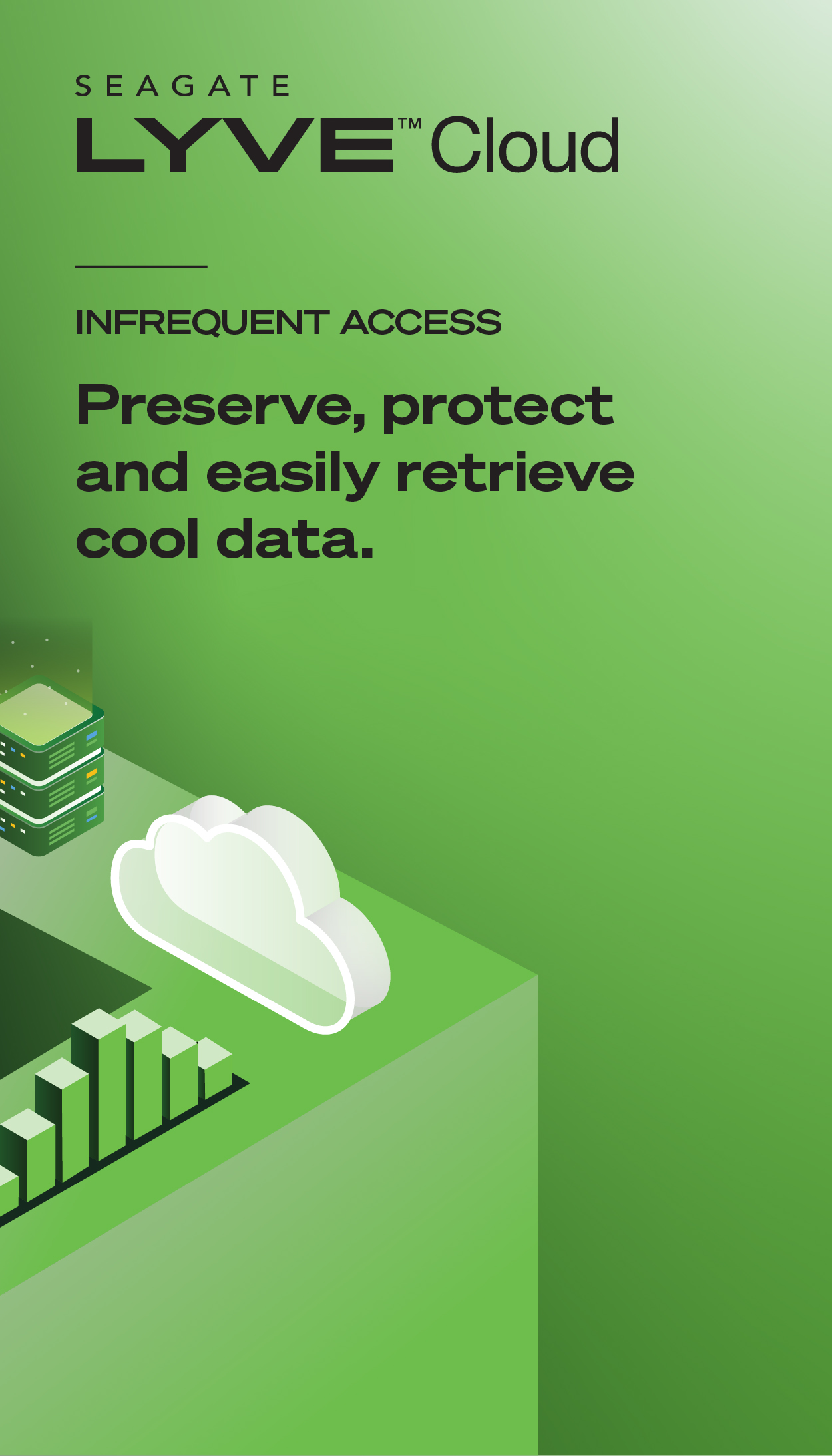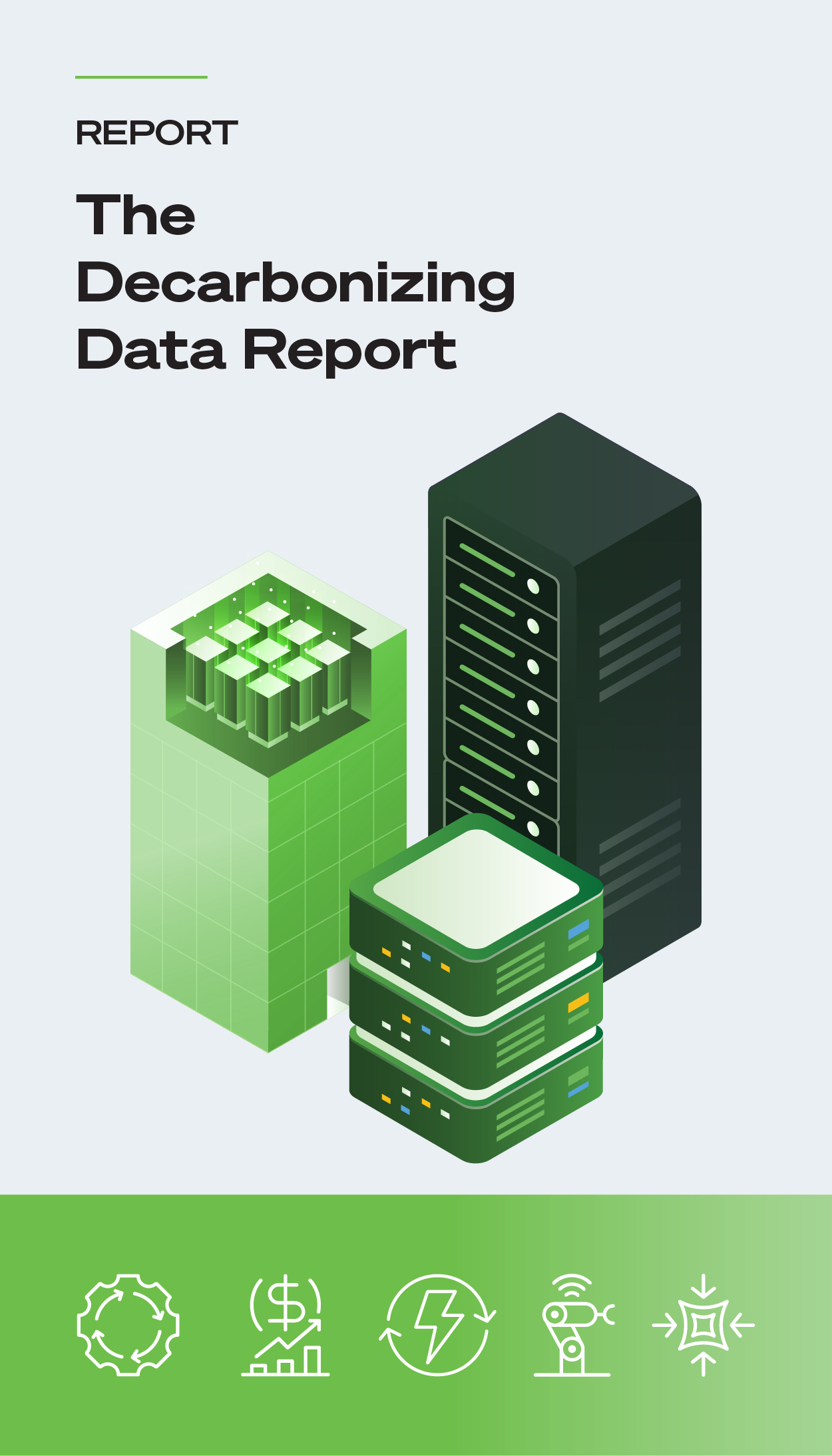This article describes how to use BlackArmor Manager to:
- Identify a failed RAID 5 Volume
- Remove/Replace a Failed Drive in a Failed RAID 5 Volume
- Recover a RAID 5 Volume
Seagate BlackArmor NAS 440 products come with a RAID 5 Volume by default to ensure data protection. If one drive fails, a user can:
- Easily identify the failed drive using the BlackArmor Manager and other tools.
- Remove the defective drive and replace it with a functioning drive provided by Seagate.
- Use BlackArmor Manager to claim the replacement drive and recover the RAID 5 volume.
All of these things can be accomplished while the BlackArmor NAS 440 is still running.
Procedure(s):
Part 1 - Identifying a Drive failure:
The following options are available for identifying drive failures.
- Web Events in BlackArmor Manager - if a drive fails or if a RAID is running in a degraded state, a Web Event will occur. A Web Event is shown via an amber bar with a warning message within it. The bar will be located at the top of the BlackArmor Manager pages (no matter which one) in your browser. After reviewing the event message, you can click the Acknowledge button to remove it.
- LCD Screen will display a message that denotes a drive failure.
- Email notifications - If email setup is enabled through BlackArmor Manager. Users with their email address included in the Email Setup page.
- BlackArmor Manager’s Storage -> Disk Manager can also identify if a drive is failed. It will do so with messaging under a drive’s status.
Seagate Video Tutorial - Identifying a Drive Failure

Click here to launch the movie.
Part 2 - Drive Removal/Replacement:
Follow these steps to remove and replace a hard drive.
 Only Seagate hard drives can be used for replacement. Failure to use Seagate replacement parts can and will forfeit the warranty period of the BlackArmor NAS 440/420.
Only Seagate hard drives can be used for replacement. Failure to use Seagate replacement parts can and will forfeit the warranty period of the BlackArmor NAS 440/420.
 ESD precautions
ESD precautions
Electrostatic discharge (ESD) can damage the processor, hard drives, main board, memory modules (RAM), and other BlackArmor components. Always observe the following precautions before replacing a hard drive:
- Do not remove a component from its protective packaging until you are ready to install it.
- Do not touch the component pins, leads, or circuitry.
- Wear a wrist grounding strap and attach it to a metal part of the computer before handling components. If a wrist strap is not available, maintain contact with the computer throughout any procedure requiring ESD protection.
- Keep the work area free of nonconductive materials, such as ordinary plastic assembly aids and foam packing.
Removing a Hard Drive
- Open the BlackArmor Manager web interface.
- In the menu bar, select Storage.
- Select Disk Manager.
- Beside the failed disk drive, click the Safe to Remove icon, and then click OK.
- Open the front panel of the server.
- Locate the failed hard drive. Ensure that there is no activity on the drive by checking its LED—it should not be illuminated.
 Never remove more than one (1) drive at a time. Removing more than one drive will result in data loss.
Never remove more than one (1) drive at a time. Removing more than one drive will result in data loss. - Press down on the orange button to release the drive from the server. If the server is powered on, wait until the drive stops spinning (approximately one minute) before continuing.
- Holding the handle, gently slide the hard drive partially out of the server until you can get a firm grip on the drive itself.
Caution: Because the hard drive is heavy, do not completely remove it or carry it by the plastic handle. Hold the drive firmly on the top and bottom. - Position (hold) the hard drive/carrier so that the drive label is facing up and the connectors are facing you.
- Carefully bend the right side of the plastic carrier outward to release the failed drive from the carrier.
- Remove the failed hard from the plastic carrier enclosure.
Inserting a New Hard Drive
- Insert the new hard drive so that it fits completely and snugly into the carrier.
- Carefully slide the new drive into the server. Push firmly to install it completely, and then close the handle to lock the drive into place.
The hard drive’s LED should turn green. - Close the front panel of the server.
Seagate Interactive Tutorial - Hard Drive Replacement

Click here to watch the Tutorial.
Step 3 - Drive Removal/Replacement:
The following provides the steps necessary for using Seagate’s BlackArmor Manager to claim a replacement drive and recover a RAID 5 volume.
 It is assumed that you are logged into the BlackArmor Manager as an admin user before proceeding.
It is assumed that you are logged into the BlackArmor Manager as an admin user before proceeding.
Claiming the New HDD:
- Mouseover Storage and click the Disk Manager link. The Disk Manager page opens.
- Locate the replacement hard drive from the list provided (it should be listed as Foreign) and click on the Claim Disk icon. A window opens, asking you to confirm this request.
- Click the OK button. The drive reclamation starts processing. When finished, the Disk Manager displays a text message stating that, "HDD (hard disk drive)…claimed successfully". The disk is ready to be recovered into a volume.
Recovering the degraded RAID 5 Volume:
- Mouseover Storage and click the Volumes link. The Volumes page opens.
- Click the Recover icon. A Volumes page opens showing the Volume Name to be recovered and the Disk Selection (HDD Number).
- Click the Submit button. A window opens asking you to confirm this request.
- Click the OK button. The recovery starts processing. When finished, the Volumes page displays a text message stating "RAID configuration changed successfully - resynching/formatting".
 Recovery may require a long time. Average recovery times vary from 4 - 12 hours, depending on the size of the volume. When finished the "RAID configuration..." message disappears.
Recovery may require a long time. Average recovery times vary from 4 - 12 hours, depending on the size of the volume. When finished the "RAID configuration..." message disappears.
The RAID 5 volume is recovered.
Seagate Interactive Tutorial - Recovering the RAID 5 Volume

Click here to launch the movie.
RAID Usage Tips
- Never replace a failed drive with a drive that was part of a previous RAID system; always zero-fill the replacement drive before using. SeaTools for DOS can do this. Please see Document ID: 201271 for instructions.
- If a drive is making unusual mechanical noises, turn it off immediately and get assistance.
- Have a valid backup before making hardware or software changes.
- Label the drives with their position in a RAID array (ie, 1, 2, 3, 4).
- Do not run volume repair utilities on suspected bad drives.
- Do not run defragmentation utilities on suspected bad drives.
- In a power loss situation with a RAID array, if the file system looks suspicious or is un-mountable, or if the data is inaccessible after power is restored, do not run volume repair utilities.
Offline storage system - Avoid forcing an array or drive back on-line. There is usually a valid reason for a controller card to disable a drive or array, forcing an array back on-line may expose the volume to file system corruption.
Rebuilding a failed drive - When rebuilding a single failed drive, it is import to allow the controller card to finish the process. If a second drive fails or goes off-line during this process, stop and get professional data recovery services involved. During a rebuild, replacing a second failed drive will change the data on the other drives.










